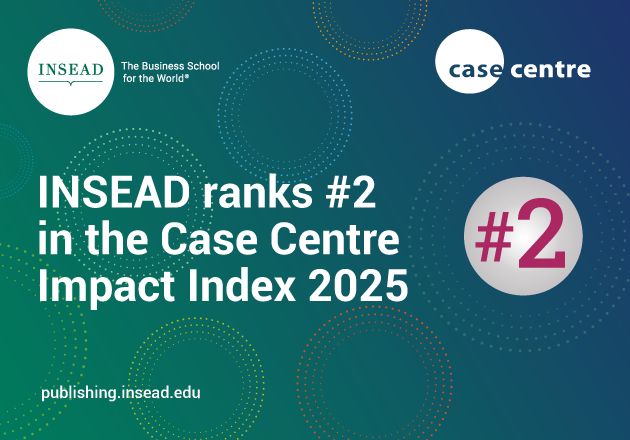With the publication of CK Prahalad’s “The Fortune at the Bottom of the Pyramid” (2005), the poor were suddenly seen as a potential market in the eyes of multinational corporations (MNCs). Although poor, the BOP is a large and growing market. The development community tends to focus on meeting the needs of the poorest of the poor (the 1 billion people who live on less than US$1 a day), but there is a larger segment of the low-income population, comprised of 3.8 billion people with incomes between $2 and $5 a day, that could be the focus of a market-oriented approach. They have no bank accounts, no access to modern financial services, no phones, are dependent on informal or subsistence livelihoods, and lack access to amenities and basic healthcare.
Influenced by Prahalad’s work, the top management at Novartis decided that it was time to seriously consider the pursuit of commercial opportunities among the world’s poor. The case offers a description of the first steps to setting up the Arogya Parivar initiative by Novartis in India and raises strategic questions like how to improve its supply chain reliability, how to deal with the fact that many consumers were women and yet there were few female health educators, how to make the treatment affordable, whether to launch new brands of medicines for this segment, how to convince consumers to seek medical treatment and ensure compliance with the treatment protocol, etc., going forward.
This case can be taught in a variety of courses, such as a strategy course discussing business models, social enterprise courses, courses on marketing strategy, emerging markets, or doing business in India. It highlights Novartis’s decision to explore how to do business sustainably among the worlds’ poor, the challenges of and the requirements for developing a business targeted at the poor in general and the poor in India in particular. It raises the strategic question of how to create a scalable business model with specific questions around supply chain reliability, consumer education and compliance, and product decisions. The TN is packaged with two videos, information about what happened, including the programme's extension to Indonesia, Kenya and Vietnam, and a slide deck that pulls the postscript and conceptual and substantive wrap up together.
- Strategy, CSR
- Social Enterprise
- Emerging Markets
- Bottom of Pyramid (BOP)
- Marketing
- Innovation
- India
- Pharma
- Q11415








